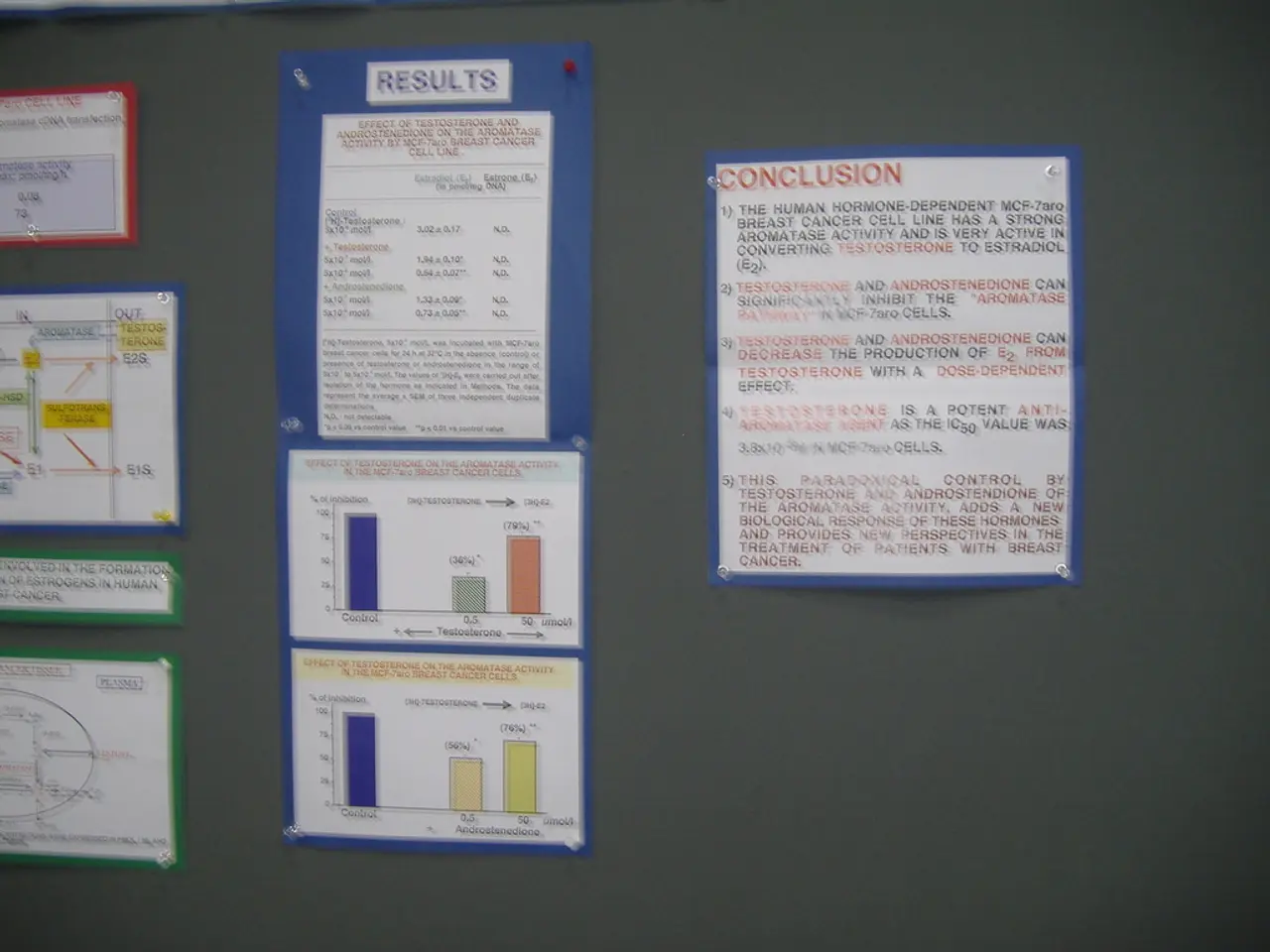Recognizing Counterfeit 5000-kuan Tenners: A Guide
The National Bank of Kazakhstan has unveiled a new 5000 tenge banknote, marking the beginning of the "Saksy Style" series. This series aims to reflect Kazakhstan's rich heritage, from its unique nomadic culture to modern Kazakhstan.
The new banknote, which entered circulation on December 25, 2021, boasts a range of security features designed to prevent counterfeiting. One of the most striking features is the "Spark" element on the back side, a 3D image of the "Berkut" artifact that transitions from gold to jade when the note's angle is changed.
On the face side, a stylized golden eagle (berkut) patch switches from the digit of the denomination to an ornament when tilted. The coat of arms of the Republic of Kazakhstan is printed in high-relief with a layer of gold metallic ink.
The note also features raised high-relief elements along the edges, serving as a tactile marking for visually impaired individuals. Certain artistic elements are printed with a special iridescent gold-colored ink, adding to the banknote's visual appeal.
The new 5000 tenge banknote uses a special printing technique called intaglio, creating a relief effect. It also incorporates a local watermark security element - electrotype - making the denomination clearly visible in transmitted light.
The banknote's security checks can be performed in just a few seconds, aiding in the determination of its authenticity. The note also has a "dipping" two-color security thread that exhibits a dynamic pulsing effect of red and blue colors when viewed at different angles.
To help distinguish genuine banknotes from counterfeits, here are some key features to look out for:
- Common front motifs: The 5000 tenge note features the Kazakh Eli monument and a dove, which should be finely detailed and printed clearly.
- Vibrant vertical design with hybrid security elements: The note's complex visual design blends national symbols with multiple layered security features, such as microprinting, watermarks, security threads, and optically variable inks.
- Security threads or strips: Authentic notes generally have embedded security threads that may be partially visible as thin metallic lines running vertically, sometimes with microtext or color-shifting properties depending on the light angle.
- Watermarks and transparent elements: When held up to light, genuine notes show watermarks embedded into the paper, not printed superficially. Some newer notes may incorporate transparent or translucent regions as a security feature.
- Quality of print and material: Genuine notes are printed on high-quality polymer or hybrid substrates with fine and precise printing. Counterfeit notes often have blurry lines, faded colors, or inferior tactile feel.
- Differences from fakes: Fake 5000 tenge notes may have poor color reproduction, missing or incorrect security features, lack of microprinting, or inconsistent images of the Kazakh Eli monument and dove. Checking the note under UV light to detect hidden fluorescent elements can also help detect fakes.
The new 5000 tenge banknote is part of the government's efforts to improve the security of Kazakhstan's currency. It is expected to enter mass circulation only in March 2024, due to delivery to all regions and equipment adaptation.
For the latest verification procedures, it is recommended to compare suspicious notes to a verified authentic one or consult official National Bank Kazakhstan resources.
The new banknote, part of the "Saksy Style" series, is a 5000 tenge note, reflecting Kazakhstan's heritage and aimed at enhancing the security of Kazakhstan's currency. To determine the authenticity of this banknote, one should scrutinize key features such as the national symbols, security threads, watermarks, and the quality of print and material.




